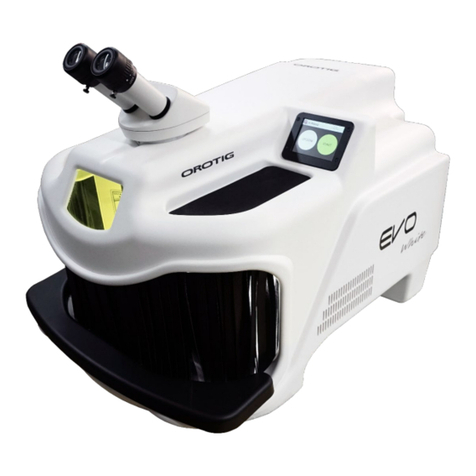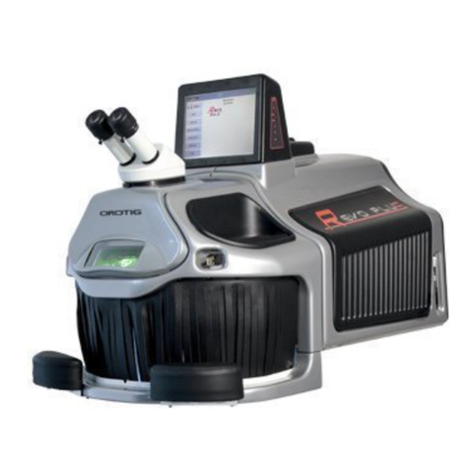
MAN00075-06-EN
Contents
General information......................................................................................................................................................................................4
Identification.........................................................................................................................................................................................................................................................................................4
Safety information ........................................................................................................................................................................................5
General safety rules..........................................................................................................................................................................................................................................................................5
Protections.............................................................................................................................................................................................................................................................................................7
Interlock contact.........................................................................................................................................................................................................................................................................7
Leather barrier.............................................................................................................................................................................................................................................................................7
Resonator shutter......................................................................................................................................................................................................................................................................7
Infra-red microscope filter....................................................................................................................................................................................................................................................8
Welding chamber infra-red filter......................................................................................................................................................................................................................................8
E me r ge n cy bu tton.....................................................................................................................................................................................................................................................................8
Enabling key/PIN........................................................................................................................................................................................................................................................................8
Hazardous areas and residual risks.........................................................................................................................................................................................................................................8
General rules.................................................................................................................................................................................................................................................................................8
Before all use of the equipment........................................................................................................................................................................................................................................8
Transportation precautions..................................................................................................................................................................................................................................................8
Packaging precautions............................................................................................................................................................................................................................................................9
Installation ................................................................................................................................................................................................. 11
Transport...............................................................................................................................................................................................................................................................................................11
Unpacking.............................................................................................................................................................................................................................................................................................11
Positioning............................................................................................................................................................................................................................................................................................11
Preliminary checks............................................................................................................................................................................................................................................................................11
Electric connection..........................................................................................................................................................................................................................................................................12
Power supply tolerances......................................................................................................................................................................................................................................................12
Equipment specifications.............................................................................................................................................................................13
Technical specifications................................................................................................................................................................................................................................................................13
Applied Standards and Directives:.................................................................................................................................................................................................................................13
Intended use.......................................................................................................................................................................................................................................................................................13
Non-declared uses..........................................................................................................................................................................................................................................................................13
Labels and safety devices:...........................................................................................................................................................................................................................................................14
Operator interface ......................................................................................................................................................................................16
Controls and signals.......................................................................................................................................................................................................................................................................16
Rear connections.............................................................................................................................................................................................................................................................................16
Use............................................................................................................................................................................................................17
Recommendations..........................................................................................................................................................................................................................................................................17
Positioning and ergonomics......................................................................................................................................................................................................................................................17
Microscope eye pieces.........................................................................................................................................................................................................................................................17
Turning on the equipment.........................................................................................................................................................................................................................................................17
Emergency stop................................................................................................................................................................................................................................................................................17
Using the LASER welder...............................................................................................................................................................................................................................................................17
Display.......................................................................................................................................................................................................18
Display Screens.................................................................................................................................................................................................................................................................................18
Operation of the accessories...................................................................................................................................................................................................................................................24
Using the protection air/gas supplier..........................................................................................................................................................................................................................24
Handrail Wicket (OPTIONAL)...........................................................................................................................................................................................................................................24





























